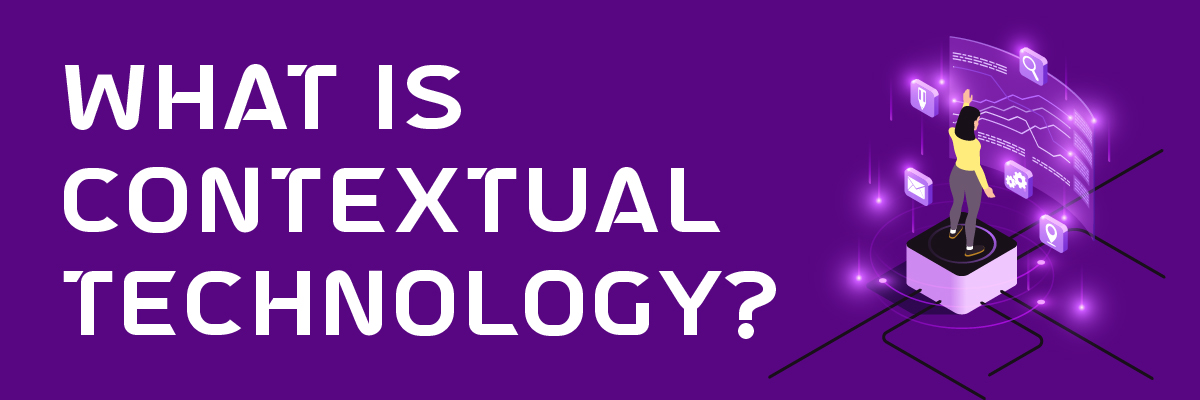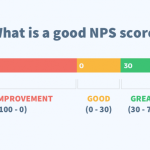WHAT IS CONTEXTUAL TECHNOLOGY?
Many of you who’ve heard me speak about our services hear me use the term “Contextual Technology”. I stress to my team that we provide a Contextual Technology environment for our clients.
But what is Contextual Technology?
In short, it means technology from the end-users point of view. The dictionary definition of Contextual is; of, pertaining to, or depending on the context. When applied to technology, the context is how useful the technology is to the end-user, and use does not mean the latest bleeding-edge technology. No, it means technology that significantly improves user productivity and business performance. Given the new technology we bring to bear, is the user able to work less and do more, or is the user confused by new menus, functions or screens and has no idea how to work?
Contextual information technology starts with an understanding of the end-user and understanding the end-user starts with communication.
Good communication is the bedrock or foundation of a good relationship and understanding how much technology the end-user needs or wants, communication makes it possible to understand the end-users’ technology “context”.
Business Issue
Our communication process starts with the initial contact. When we first meet a prospect, we always ask “What is the business issue?”, “What are your technical challenges?”, “What would you like technology to do for the organization?”, and “What would you like to accomplish with technology?”. These questions are key to establishing the prospect’s “context”. These questions also allow us to define the solution plan that will accomplish the prospect’s goals.
Some prospects have significant challenges. Take the following example. Recently, a prospect who became a client was using a 25+-year-old software configuration. The client’s main software, the core of their operation, is a product that uses Foxbase. Key reports were written in Microsoft Access for the client. The access was interconnected to the Foxbase data. As a technology company, our initial reaction was why would anyone be using 25+ software? To the 70+-year-old client, this configuration worked and was very efficient. The client had evaluated other software packages and found none that were as efficient as the current combination.
Contextual Factors
We started with communication, understanding that the goals for this client were first, to upgrade their technology environment without impacting the productivity of their entire workforce, and second, to protect them from hacker attacks (as the old software had security holes). That was their context.
We addressed their context by redesigning their six-server configuration into two, and eliminating permission and security holes that were created by years of poor understanding by other IT “professionals”. Now they are a happy client. Initially protected from malware and ransomware and we monitor their technology keeping it safe. Second, they now operate in a modern, managed network cluster, but the core of the operation has not changed, and NO employee retraining was required.
In the end, we protected the client by understanding the client’s context forming a mutually beneficial relationship that will last years, that is the Protected Harbor Way!






